这里介绍Python中的if、for、while语句
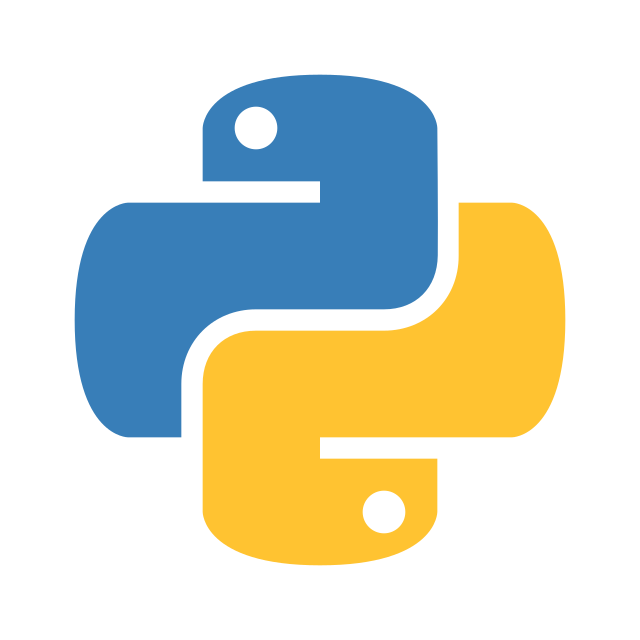
条件测试
常见地条件测试如下所示。特别地,Python支持链式比较
1 | print("--------------------- 条件测试 ----------------------------") |
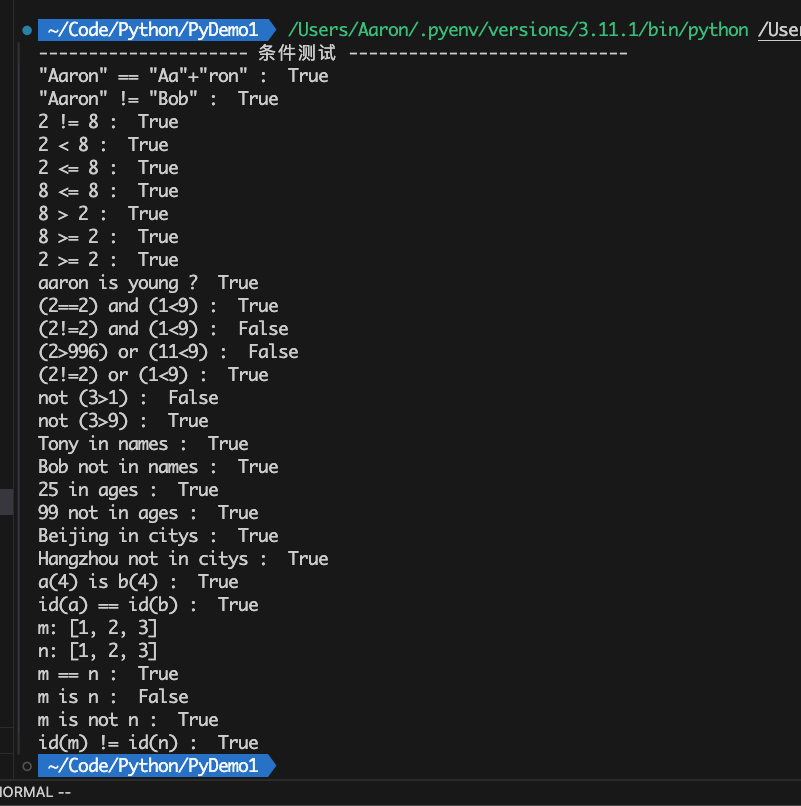
if语句
Python中的if语句在功能上和其他语言没有什么区别。支持if、if-else、if-elif-else等形式
1 | print("------------------ if语句 --------------------") |

特别地,对于if、while语句的条件表达式,对于True/False的判定存在下述规则
- 对于数字0、空值 None、单引号空字符串’’、双引号空字符串””、空列表[]、空元组()、空字典{}、空集合set() 都会被视为False
- 对于非零数字、非空单引号空字符串、非空双引号空字符串、非空列表、非空元组、非空字典、非空集合 都会被视为True
1 | if "" : |
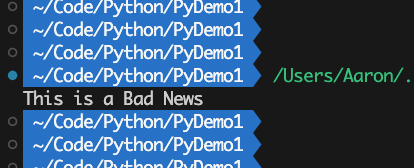
特别地,Python中没有提供其他语言的三目条件运算符(例如Java的 ? :),而是通过使用 if else 实现三目条件运算符。语法格式如下:
1 | # 如果condition结果为True ,就执行exp1,并把exp1的结果作为整个表达式的结果 |
示例代码如下所示
1 | nums = None |
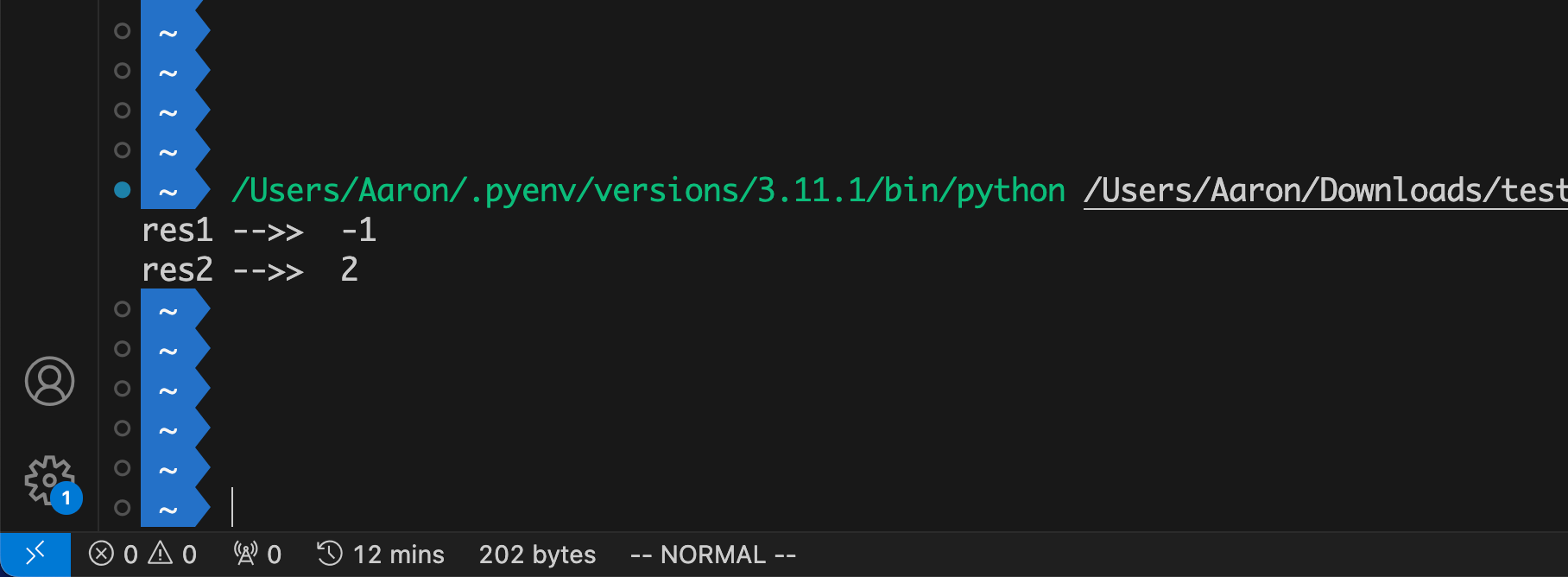
while语句
Python的while语句在功能上与其他语言并无无区别
1 | print("-------------while语句----------------------") |

特别地,Python中的while语句还可以使用else子句,其仅在while循环中没有调用break时才会执行
1 | print("---------------while-else语句-----------------------------") |

for语句
Python的for语句仅可用于遍历可迭代对象
1 | print("--------------------------for语句--------------------------") |
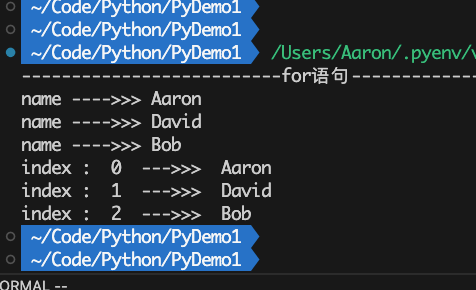
特别地,Python中的for语句还可以使用else子句,其仅在for循环中没有调用break时才会执行
1 | print("--------------------------for-else语句--------------------------") |
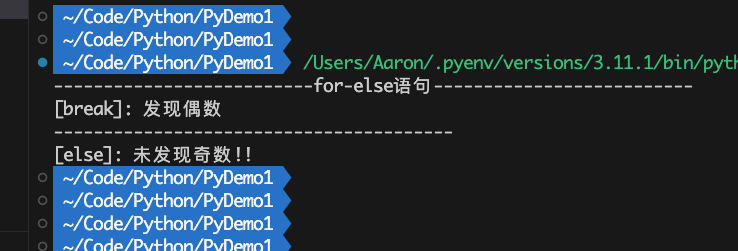
参考文献
- Python编程·第3版:从入门到实践 Eric Matthes著
- Python基础教程·第3版 Magnus Lie Hetland著
- 流畅的Python·第1版 Luciano Ramalho著
